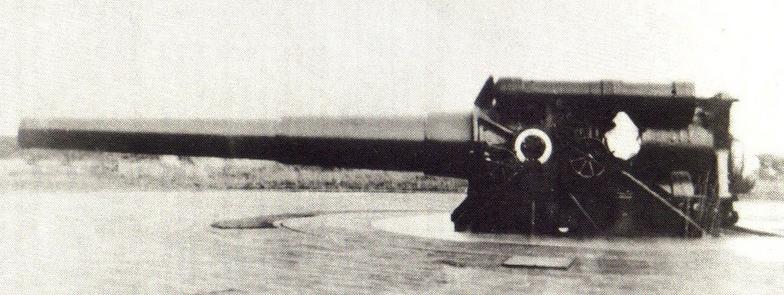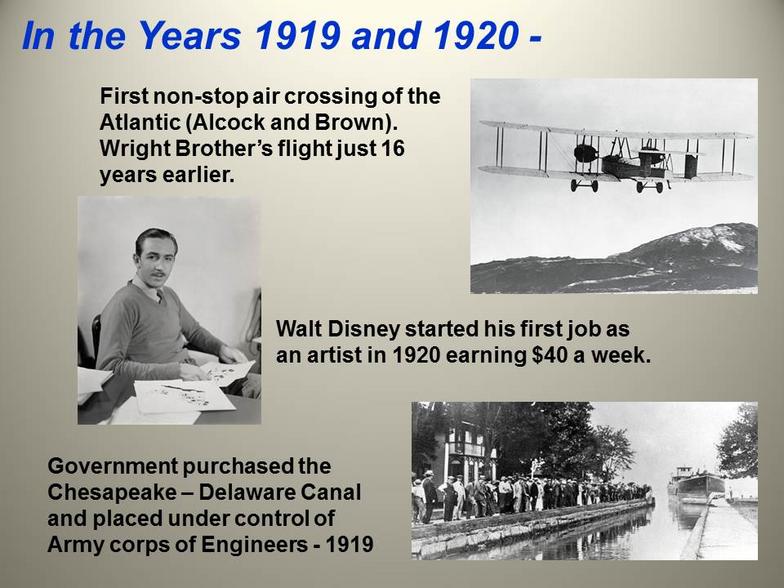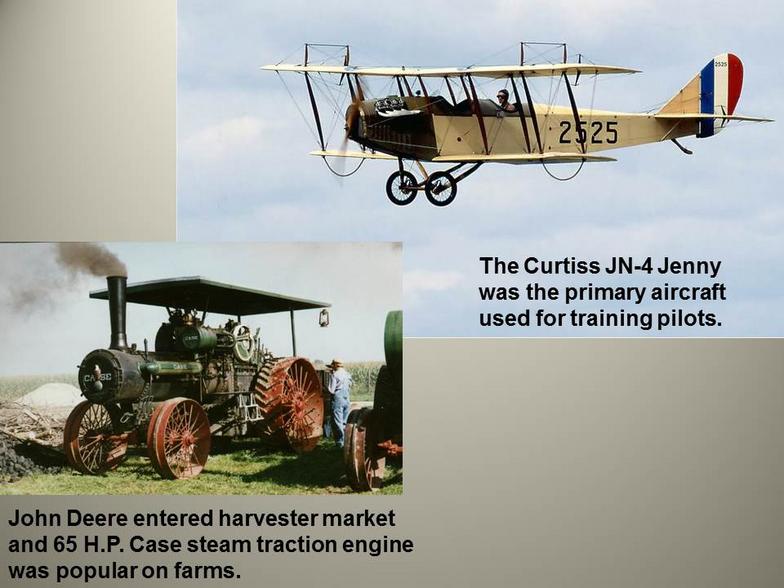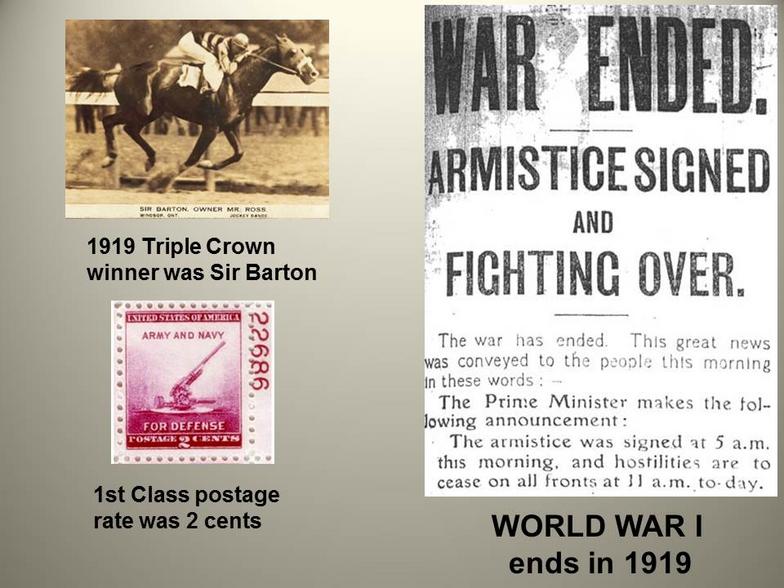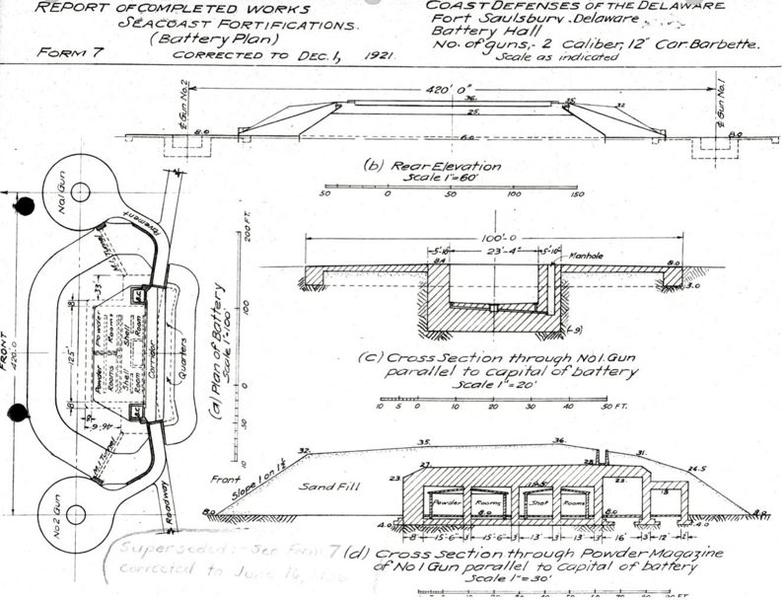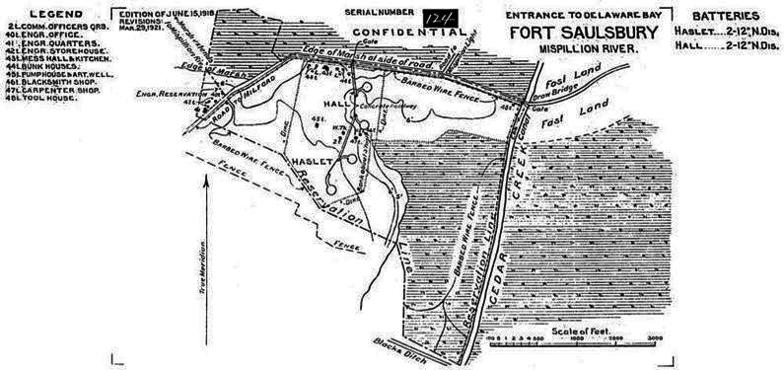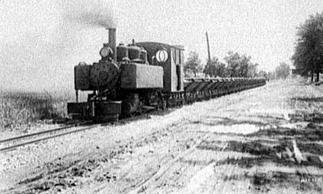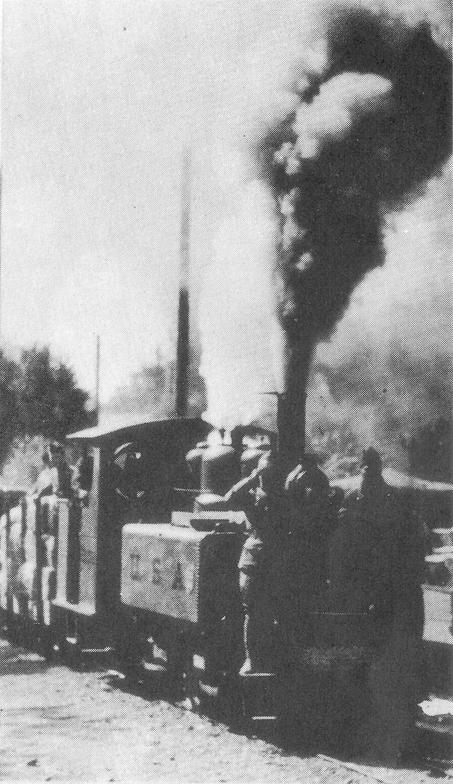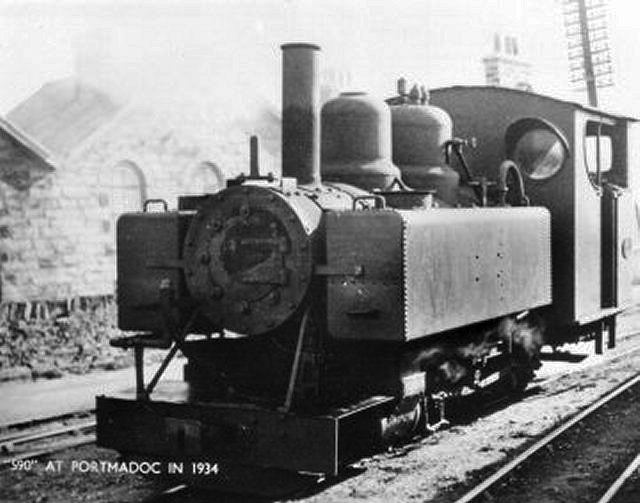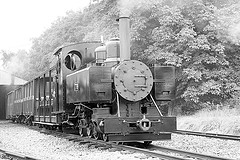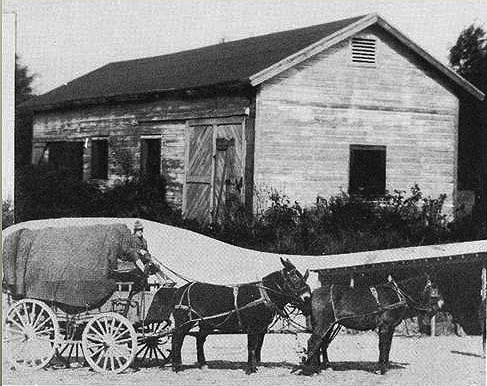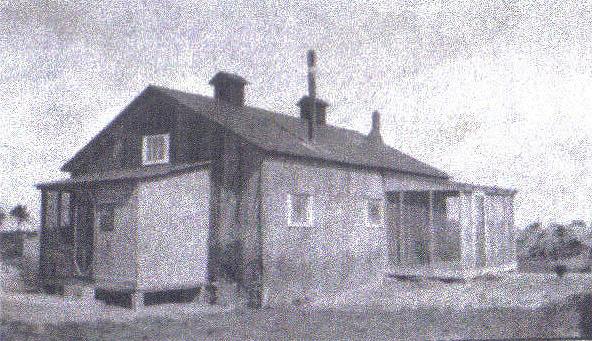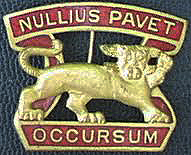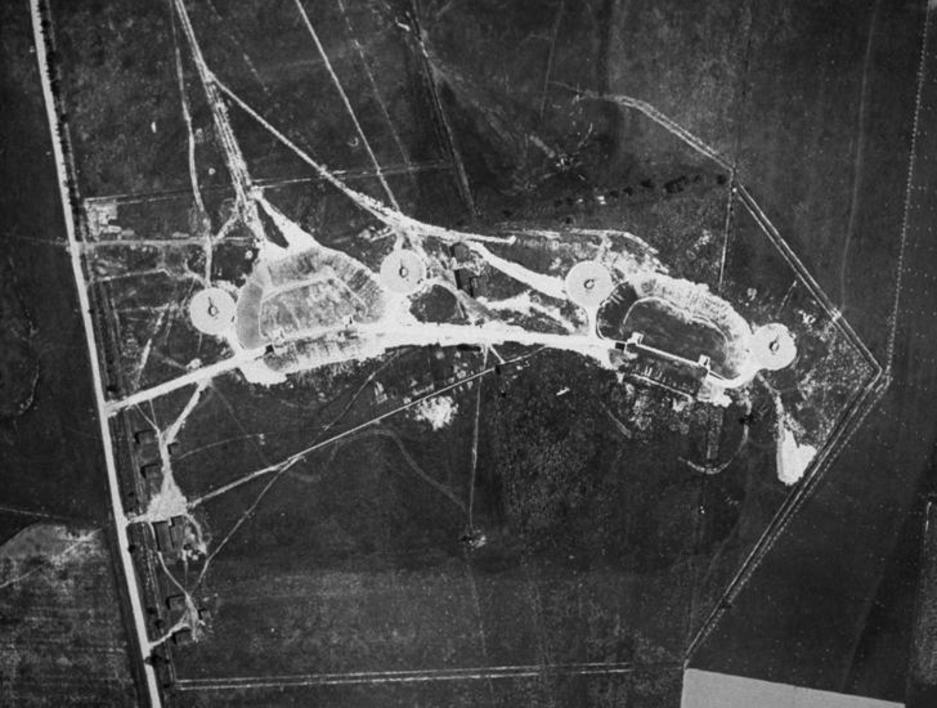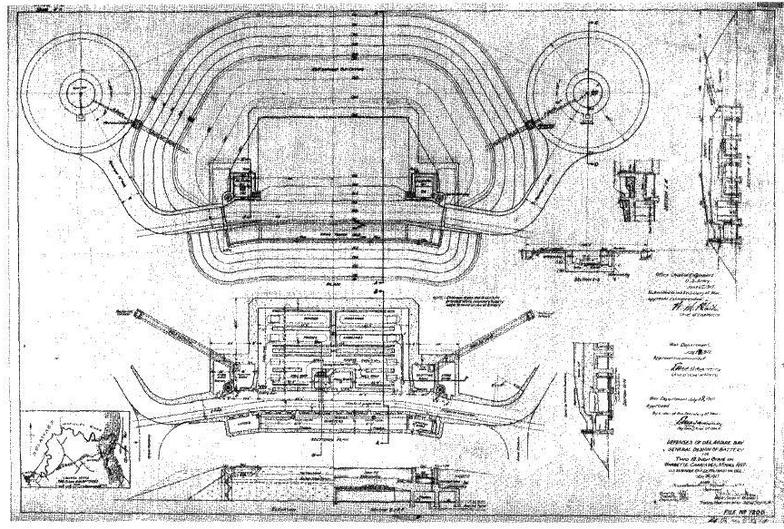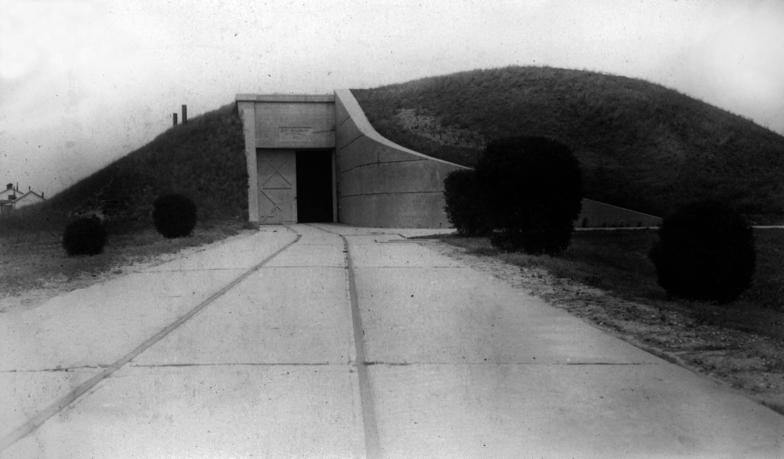Fort Saulsbury, DE
Delaware's Forgotten Fort
This page includes information about the early days at the fort.
With WWI in progress, there was great concern regarding the protection of the Greater Delaware Valley area against enemy naval forces penetrating the mouth of the Delaware Bay. Up the river, was a vast array of industries which included powder plants, shipbuilding, oil refineries, factories, and farming to name but a few. There was also some intelligence at the time that German forces had a plan to attack the industrial areas of Wilmington, DE and Philadelphia, PA.
As a result, the Defense Department started working on a coastal defense plan to provide protection of the vital area. The idea of large guns to protect the mouth of the bay became a concept that soon became a fort to be known as Fort Saulsbury.
After some planning and design work, February of 1917 was the beginning of the undertaking to build a fort near the mouth of the Mispillion River.
While the war was ongoing, some other events and activities were taking place until the war ended in 1919, some of which are represented in adjacent pictures.
The very first challenge was to acquire the land for the fort. The parcels needed were owned by David L Shockley and Mark W. Shockley. David Shockley agreed to transfer his farm to the government and it was purchased for $9,500. Because of the high asking price for the land owned by Mark Shockley, the government began condemnation proceedings. In wartime, immediate possession could be gained for the purposes of the military. The building of the fort could now begin and by July 1917, construction was underway.
Constructing the fort in a remote area soon presented an array of challenges for the designers and builders. One of the first obstacles that had to be addressed was that of transportation. The question was "How do we get all of the massive amounts of necessary building materials and supplies to a relatively inaccessible location?" The only road available was an unimproved dirt road that was not always usuable due to weather conditions. The nearest railroad service was in Milford, Delaware, which meant that any supplies received by rail had to be delivered by truck the last 7 miles to the fort over the unimproved road. Access by water was not easy as well. The Delaware River, Mispillion River and Cedar Creek Canal were all considered. The Mispillion and the canal were only deep enough to accommodate small barges and boats.
The next challenge was that of construction laborers. Obtaining the workers, feeding them and having a place for them to stay were all considerations. HIgher pay rates were awarded due to the isolated construction location.
It was decided to dredge the Cedar Creek canal to have some access to the fort construction. Some materials were supplied using barges on the winding channel of the Mispillion.
The most dependable mode of transportation was provided when a narrow gauge railway was built from the Milford siding to the fort location. The railway was built by the Pennsylvania Railroad at a cost of $95,000 and ran from Milford to Cedar Beach. The routing of the tracks was basically paralleling the dirt road (now known as route 36) on the North side. The spur connected to the main line in Milford near South Washington Street. There were two engines that were used to pull the freight cars to the fort. In his booklet, FORT SAULSBURY, Dr. Hugh Miller identified the two engineers as Mac McClarey and Rollie Walls.
One of the local stories associated with the Cedar Neck School had to do with the trains passing by in front of the school. It seems that every time the train would go by, it disrupted the classes as everyone wanted to watch. The teacher thought a way to curb the excitement would be to paint the windows so that the students would not be able to watch. The boys had other ideas as they took their penknives and scratched off the paint so they could see.
A picture of one of the engines is shown at the right with two soldiers riding on the front (one is saluting).
The steam powered engines where manufactured by the Baldwin Locomotive Co. and identified as the model 10-12-D. The three pictures below are representative pictures of the same model of engine, but are not ones used at Fort Saulsbury.
The amounts steel, concrete, sand, gravel fill, building materials, supplies and lumber were staggering. Just the steel anchor bolts for mounting the Barbette Carriages weighed almost 18 tons. The bolts were 100 inches long and 2 3/4 inches in diameter. There were 96 of these bolts used along with another 48 bolts slightly shorter. One estimate placed the total weight of construction materials at 75,000 tons. Getting these materials to the construction site was a massive undertaking.
A labor camp also needed to be built for the laborers at this remote location so that they could stay on site. All of the necessary supporting structures also needed to be constructed. A mess hall, living quarters and bath facilities along with other supporting structures like a field office building, storage buildings and a blacksmith shop had to be provided. Sewer and water service was also included. The construction of the work camp was designed so that when the fort was completed, the buildings could then be occupied by the military troops.
As a personal note, C.W. Warrington in his book "FORT SAULSBURY," mentioned that all of the lavatories, closets, and shower plumbing fixtures were manufactured by the Speakman Company of Wilmington, Delaware. My family was friends with the Speakman Family through the years. Reading that excerpt brought back a lot of memories for me. When my home was constructed, we made sure that Speakman fittings were used.
To help comprehend the enormity of the project here is a partial list of some of the materials needed for construction:
502 tons of structural steel
13 tons of cast iron stairways and fixtures
15 tons of steel doors, shutters and gates
60,000 cubic yards of sand and earth to cover bunkers
129,000 board feet of lumber
25,500 cubic yards of concrete
57.5 tons was the weight of each gun not counting the Barbette Carriage
151 tons was the weight of each Barbette Carriage
The dimensions of just the concrete portion of the bunkers were about 207 feet long and 110 feet wide. The forward walls and tops were 8 feet thick with an additional 8 feet of earth covering. Interior walls were 3 feet thick. A plan view of the Battery Hall bunker is included. The plan view of Battery Haslet is identical and not shown.
By November 1918, most of the fort construction was completed as it became more like a regular Army post. Construction of additional supporting buildings continued under Army supervision. Some of the additional buildings erected included a guard house, an administration building, an infirmary and a stable for two mules. Fort Saulsbury was ready to defend the entrance to the Delaware River. However, WW1 ended on November 11th, 1918.
After the war, Fort Saulsbury was placed in a "caretaker" status. A small detachment of about 8 soldiers was assigned to the fort for the purpose of maintaining the guns and fort. This was not an easy job since the guns were exposed to the weather. There were weekly inspections by headquarters officers from Fort duPont. The detachment was assigned to the 7th Coast Artillery and commanded by Gunnery Sergeant Dorphin Wigley. One of the seven individuals under his command was Clyde Fields.
Improvements to the fort continued. Nine years after the war, a brick barracks was built along with an ordinance shop and a few other structures. A year later, the stable for the mules was destroyed by fire. A replacement was constructed that also included a hay shed.
***********************************************
As a result of a significant flood in 1934, it was decided to build a 4 to 6 foot high dike completely around the fort to prevent future problems of high water. The surrounding berm was built in 1937.
Pump House and Artesian Well
Stable with a picture of the mules
This is one of the housing units on the post. It is reported that Clyde Fields and family lived in this housing unit.
7th Coast Artillery
Distinguished Insignia
ends in November 1918
An early aerial view of fort. Battery Hall is on left and Battery Haslet is on right. Some of the buildings are visible at lower left along the road. The guns are in place. It appears that the "scars" were made from transporting items to the fort.
Another plan view of a battery.
The guns were never fired as a result of hostilities. However, they were fired for testing and practice. In preparation for practice firing, announcements were made to local residents warning of the upcoming firings. It was suggested that windows be opened to help prevent breakage from the resulting concussions. Local turkey farmers became concerned that the concussion would destroy the turkey eggs. At first, the Army declined to offer any compensation, but later changed its position after the farmers continued to express their concerns. The firings took place using sand filled shells. There were many claims filed to replace broken windows. However, while there may have been some turkey eggs damaged, there were never any claims filed.
An early view of Battery Hall South entrance looking North. The tracks in the foreground lead to Battery Haslet which is behind the viewer. The two pipes protruding above the bunker are vent pipes (chimneys) for the fireplaces in the troop quarters. Note the structures at the left of the picture.

